|
Parasites, Predators and Parasitoids
|
Mite Parasitism and Predation
|
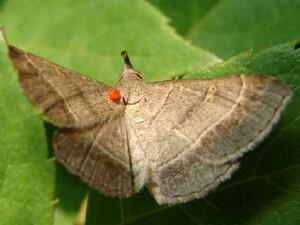 © Steve Scott - IL
© Steve Scott - IL
|
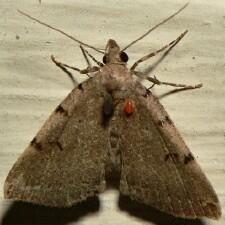 © Joanne Shuman - VA
© Joanne Shuman - VA
|
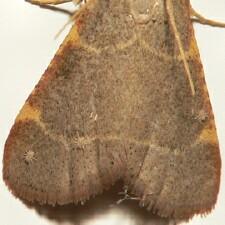 © Joanne Shuman - VA
© Joanne Shuman - VA
|
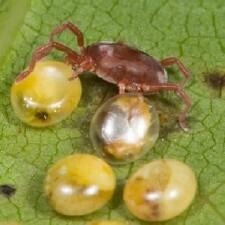
 Mites may be either Parasites or Predators. As a parasite, mites use the host caterpillar or moth as a source of food in the form of hemolymph or "blood." They are usually seen as small fluid-filled "balloons," and there may be just one or a few on the dorsal or ventral surfaces of adult moths. Examples involve (left, above) a Yellow-spotted Renia, Renia flavipunctalis, and (center) Lettered Zanclognatha, Zanclognatha lituralis. A number of mite species feed on moths. Their parasitism is usually not fatal or disruptive to the development and reproduction of the moth larva, pupa or adults; but if the mites are exceedingly abundant they may have an effect on reproductive capacity of the female moth. Top right shows mites exploring a Dolichomia binodulalis prior to a blood meal.
Mites may be either Parasites or Predators. As a parasite, mites use the host caterpillar or moth as a source of food in the form of hemolymph or "blood." They are usually seen as small fluid-filled "balloons," and there may be just one or a few on the dorsal or ventral surfaces of adult moths. Examples involve (left, above) a Yellow-spotted Renia, Renia flavipunctalis, and (center) Lettered Zanclognatha, Zanclognatha lituralis. A number of mite species feed on moths. Their parasitism is usually not fatal or disruptive to the development and reproduction of the moth larva, pupa or adults; but if the mites are exceedingly abundant they may have an effect on reproductive capacity of the female moth. Top right shows mites exploring a Dolichomia binodulalis prior to a blood meal.
In Troy Bartlett's photo at left a mite is in action as a predator, its prey being the eggs which will not survive having nutrients sucked out of them. So whether a mite is classified as a parasite or predator depends upon its effect on the organism. When it kills the host swiftly it is a predator. When it simply sucks blood without killing it is a parasite.
|
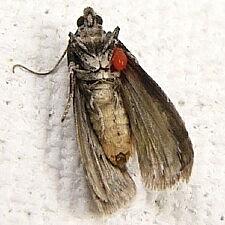 © Robert Patterson
© Robert Patterson
|
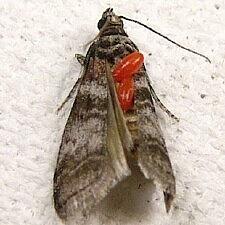 © Robert Patterson
© Robert Patterson
|
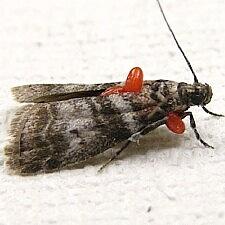 © Robert Patterson
© Robert Patterson
|
|
A third category is Parasitoidism for which examples are provided below. In the case of moths, parasitoids lay one or many eggs on or in a caterpillar. Upon hatching, the parasitoid larvae feed and develop within this single victim and emerge to pupate to adulthood. Invariably the caterpillar dies without completing its own life cycle. A true predator, on the other hand, feeds on and kills (usually as an adult) many items of prey.Another example are certain wasps that lay their eggs on adult spiders that they have paralyzed and the wasp larva then feeds on this live host, eventually killing it. A similar strategy is followed by wasps that lay an egg in a chamber they have constructed and then provision that chamber with a paralyzed caterpillar (or non-lepidopteran insect) which will be the sole sustenance of the juvenile wasp.
|
|
.jpg) Pompilid Wasp (Anoplius) dragging spider prey back to burrow.
Pompilid Wasp (Anoplius) dragging spider prey back to burrow.
© Hershel Raney - AR
|
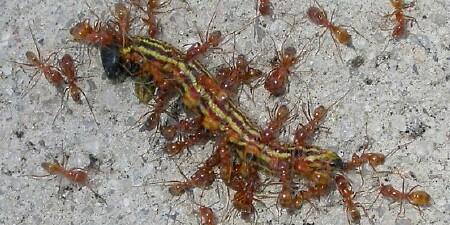 Dorymyrmex Ants subdue and eat caterpillar (beetle) prey.
Dorymyrmex Ants subdue and eat caterpillar (beetle) prey.
© Jeff Hollenbeck - FL
|
|
|
White-marked Tussock Moth, Orgyia leucostigma - caterpillar impacted by one-to-one wasp parasitoid
|
|
|
Western Tussock Moth, Orgyia vetusta - pupa impacted by one-to-one fly parasitoid
|
|
|
Cecropia Moth, Hyalophora cecropia - caterpillar and pupa impacted by many-to-one parasitoids
|
|
|
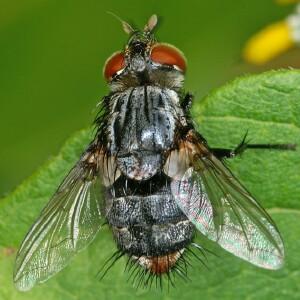 d. © Pete Ganzel -- MN
d. © Pete Ganzel -- MN
|
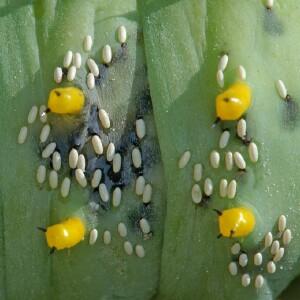 e. © Pete Ganzel -- MN
e. © Pete Ganzel -- MN
|
 f. © Pete Ganzel -- MN
f. © Pete Ganzel -- MN
|
|
|
|
Carolina Sphinx Moth, Manduca sexta - caterpillar impacted by many-to-one wasp parasitoids
|
|
|
Other Photos Available and Notes to Incorporate in Text
|
In some species of parasitoid wasps (some Encyrtidae and some Ichneumonidae) the phenomenon of Polyembryony occurs. A single egg divides to produce many larvae - one reference says up to 100 from a single egg, another reference says 1,000 or more from a single egg. It's a wonder we have any moths at all!
|
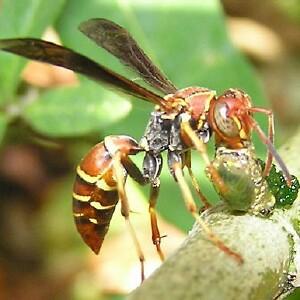 Polistes dorsalis wasp eating Monarch larva
Polistes dorsalis wasp eating Monarch larva
© Scott Nelson -- FL
|
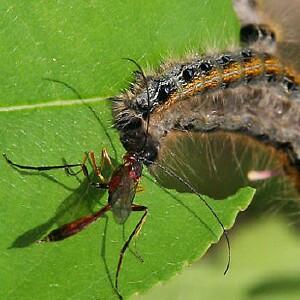 Ichneumonid Wasp investigating Forest Tent Cat.
Ichneumonid Wasp investigating Forest Tent Cat.
© Paul Krumbholz -- MS
|
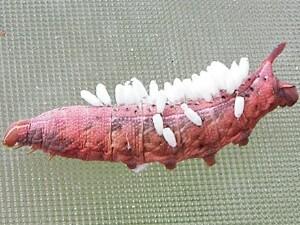 Virginia Creeper Sphinx
Virginia Creeper Sphinx
© Carla Finley -- FL
|
|
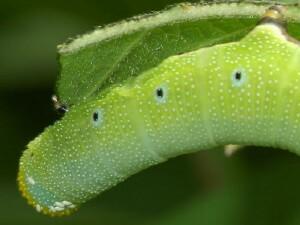 Fly eggs on Snowberry Clearwing Moth larva
Fly eggs on Snowberry Clearwing Moth larva
© Jane and John Balaban -- IL
|
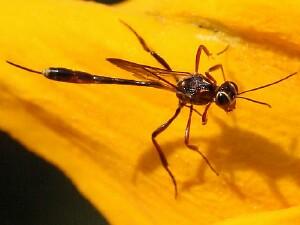 Ichneumonid Wasp, subfamily Campopleginae
Ichneumonid Wasp, subfamily Campopleginae
© Lynette Schimming -- NC
|
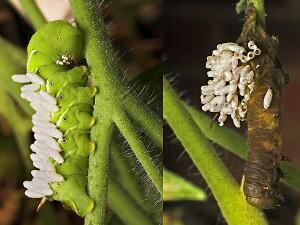 Braconid-Manduca sexta
Braconid-Manduca sexta
© Doug Smith -- VA
|
|
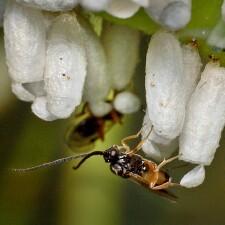 Braconid-Manduca sexta
Braconid-Manduca sexta
© Doug Smith -- VA
|
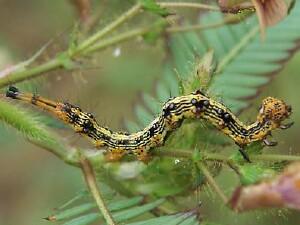 8658 Selenisa sueroides
8658 Selenisa sueroides
© Hannah Nendick-Mason - FL
|
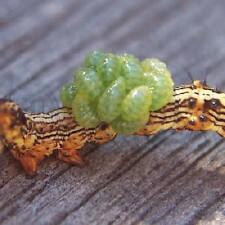 Eulophid or Braconid Wasps
Eulophid or Braconid Wasps
© Hannah Nendick-Mason - FL
|
|
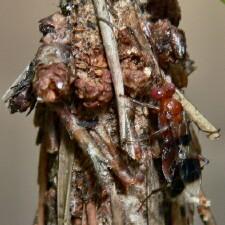 Braconid at Bagworm Case
Braconid at Bagworm Case
© Joanne Shuman - VA
|
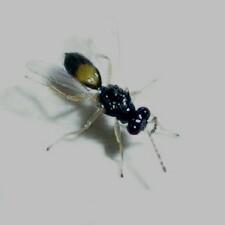 1 mm Braconid
1 mm Braconid
© Jeff Hollenbeck - FL
|
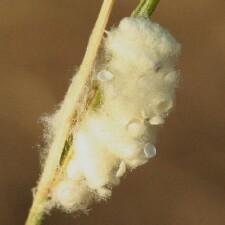 Cocoon
Cocoon
© Lynette Schimming - MT
|
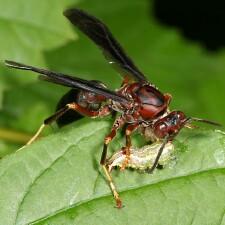 Polistes metricus
Polistes metricus
© Patrick Coin - NC
|
|
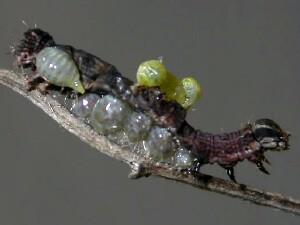 1 mm Braconids on Unid. Caterpillar
1 mm Braconids on Unid. Caterpillar
© Jeff Hollenbeck - FL
|
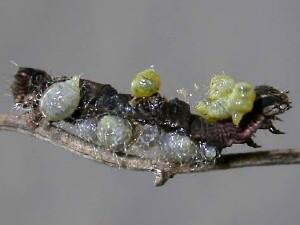 1 mm Braconids on Unid. Caterpillar
1 mm Braconids on Unid. Caterpillar
© Jeff Hollenbeck - FL
|
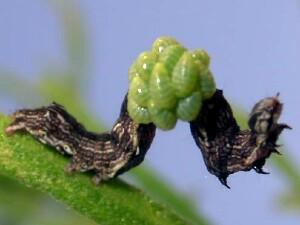 1 mm Braconids on Unid. Caterpillar
1 mm Braconids on Unid. Caterpillar
© Jeff Hollenbeck - FL
|
|
.jpg) Ichneumon Pupa
Ichneumon Pupa
© Bill Eaker - IL
|
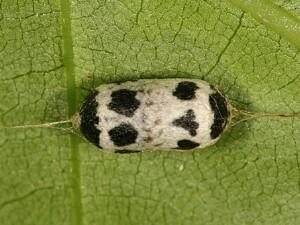 Ichneumon Pupa
Ichneumon Pupa
© Tom Murray - MA
|
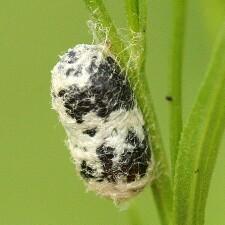 Ichneumon Pupa
Ichneumon Pupa
© Lynette Schimming - NC
|
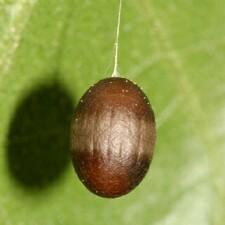 Ichneumon Pupa
Ichneumon Pupa
© Tom Murray - MA
|
|
 Schizura unicornis
Schizura unicornis
© Lynette Schimming - NC
|
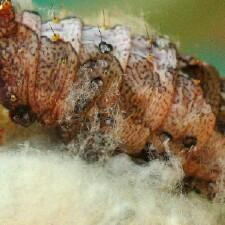 Schizura unicornis
Schizura unicornis
© Lynette Schimming - NC
|
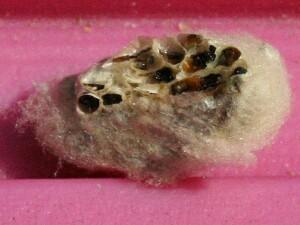 Schizura unicornis
Schizura unicornis
© Lynette Schimming - NC
|
|
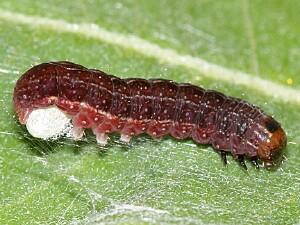 Braconid and Eupsilia
Braconid and Eupsilia
© Tom Murray
|
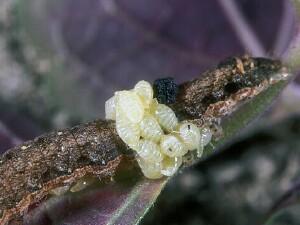 Ring Infestation Pre-pupae
Ring Infestation Pre-pupae
© Bill Johnson - MN
|
.jpg) Thread-waisted Wasp with Georgian Prominent
Thread-waisted Wasp with Georgian Prominent
© Lynette Schimming - NC
|
 Eumenes fraternus - Can. melanolophia
Eumenes fraternus - Can. melanolophia
© Patrick Coin - NC
|
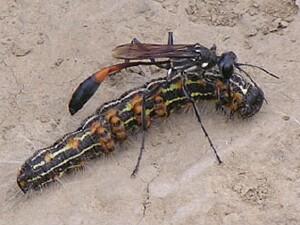 Thread-waisted Wasp with Caterpillar
Thread-waisted Wasp with Caterpillar
© Janis Paseka (permission sought)
|
|
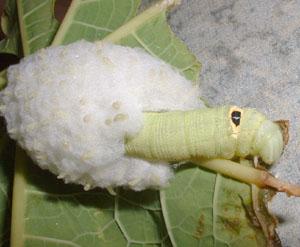 Erinnyis ello
Erinnyis ello
© Molly Robertson - PR
|
76508.jpg) Braconid
Braconid
© David Dawson - MO
|
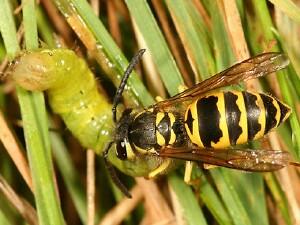 Eastern Yellowjacket - Vespula maculifrons
Eastern Yellowjacket - Vespula maculifrons
© Tom Murray - MA
|
|
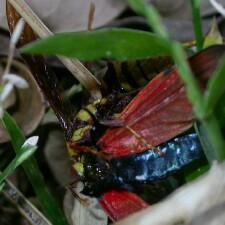 Polistes major - Spotted Oleander
Polistes major - Spotted Oleander
© Jeff Hollenbeck - FL
|
|
|
|
|
 © Steve Scott - IL
© Steve Scott - IL
 © Joanne Shuman - VA
© Joanne Shuman - VA
 © Joanne Shuman - VA
© Joanne Shuman - VA

 © Robert Patterson
© Robert Patterson
 © Robert Patterson
© Robert Patterson
 © Robert Patterson
© Robert Patterson
.jpg) Pompilid Wasp (Anoplius) dragging spider prey back to burrow.
Pompilid Wasp (Anoplius) dragging spider prey back to burrow.
 Dorymyrmex Ants subdue and eat caterpillar (beetle) prey.
Dorymyrmex Ants subdue and eat caterpillar (beetle) prey.
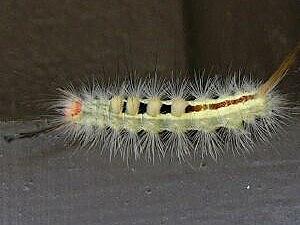 late instar larva - © Robert Patterson
late instar larva - © Robert Patterson
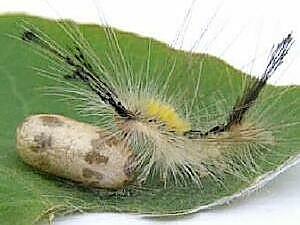 parasitoid larva, corpse - © Robert Patterson
parasitoid larva, corpse - © Robert Patterson
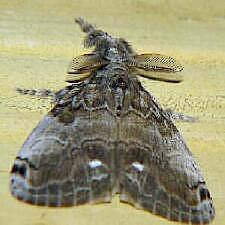 adult male - © Robert Patterson
adult male - © Robert Patterson
 adult male - © Joyce Gross
adult male - © Joyce Gross
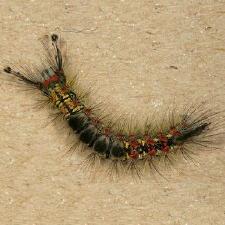 larva - © Joyce Gross
larva - © Joyce Gross
 pupa - © Joyce Gross
pupa - © Joyce Gross
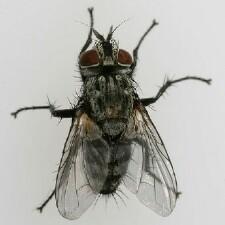 5-6 mm Tachinid Fly - © Joyce Gross
5-6 mm Tachinid Fly - © Joyce Gross
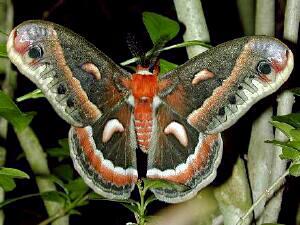 a. © Steve Walter -- NY
a. © Steve Walter -- NY
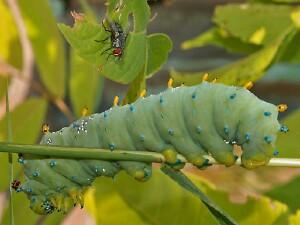 b. © Pete Ganzel -- MN
b. © Pete Ganzel -- MN
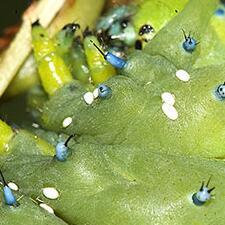 c. © Anthony W. Thomas -- NB
c. © Anthony W. Thomas -- NB
 d. © Pete Ganzel -- MN
d. © Pete Ganzel -- MN
 e. © Pete Ganzel -- MN
e. © Pete Ganzel -- MN
 f. © Pete Ganzel -- MN
f. © Pete Ganzel -- MN
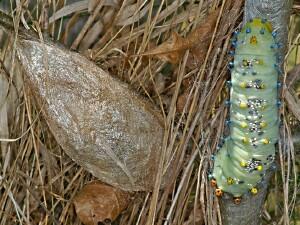 g. © Pete Ganzel -- MN
g. © Pete Ganzel -- MN
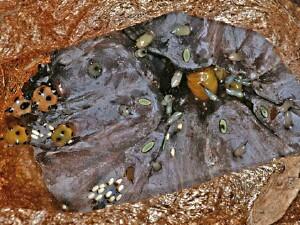 h. © Pete Ganzel -- MN
h. © Pete Ganzel -- MN
 i. © Pete Ganzel -- MN
i. © Pete Ganzel -- MN
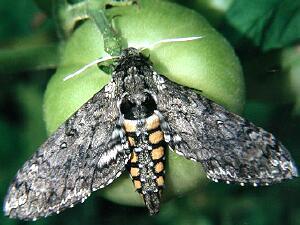 © John Himmelman -- CT
© John Himmelman -- CT
 © Hannah Nendick-Mason -- FL
© Hannah Nendick-Mason -- FL
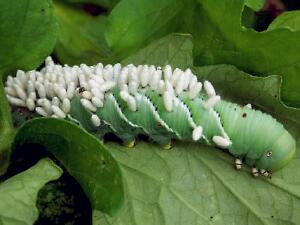 © Hannah Nendick-Mason -- FL
© Hannah Nendick-Mason -- FL
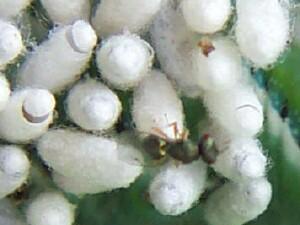
 Polistes dorsalis wasp eating Monarch larva
Polistes dorsalis wasp eating Monarch larva
 Ichneumonid Wasp investigating Forest Tent Cat.
Ichneumonid Wasp investigating Forest Tent Cat.
 Virginia Creeper Sphinx
Virginia Creeper Sphinx
 Fly eggs on Snowberry Clearwing Moth larva
Fly eggs on Snowberry Clearwing Moth larva
 Ichneumonid Wasp, subfamily Campopleginae
Ichneumonid Wasp, subfamily Campopleginae
 Braconid-Manduca sexta
Braconid-Manduca sexta
 Braconid-Manduca sexta
Braconid-Manduca sexta
 8658 Selenisa sueroides
8658 Selenisa sueroides
 Eulophid or Braconid Wasps
Eulophid or Braconid Wasps
 Braconid at Bagworm Case
Braconid at Bagworm Case
 1 mm Braconid
1 mm Braconid
 Cocoon
Cocoon
 Polistes metricus
Polistes metricus
 1 mm Braconids on Unid. Caterpillar
1 mm Braconids on Unid. Caterpillar
 1 mm Braconids on Unid. Caterpillar
1 mm Braconids on Unid. Caterpillar
 1 mm Braconids on Unid. Caterpillar
1 mm Braconids on Unid. Caterpillar
.jpg) Ichneumon Pupa
Ichneumon Pupa
 Ichneumon Pupa
Ichneumon Pupa
 Ichneumon Pupa
Ichneumon Pupa
 Ichneumon Pupa
Ichneumon Pupa
 Schizura unicornis
Schizura unicornis
 Schizura unicornis
Schizura unicornis
 Schizura unicornis
Schizura unicornis
 Braconid and Eupsilia
Braconid and Eupsilia
 Ring Infestation Pre-pupae
Ring Infestation Pre-pupae
.jpg) Thread-waisted Wasp with Georgian Prominent
Thread-waisted Wasp with Georgian Prominent
 Eumenes fraternus - Can. melanolophia
Eumenes fraternus - Can. melanolophia
 Thread-waisted Wasp with Caterpillar
Thread-waisted Wasp with Caterpillar
 Erinnyis ello
Erinnyis ello
76508.jpg) Braconid
Braconid
 Eastern Yellowjacket - Vespula maculifrons
Eastern Yellowjacket - Vespula maculifrons
 Polistes major - Spotted Oleander
Polistes major - Spotted Oleander